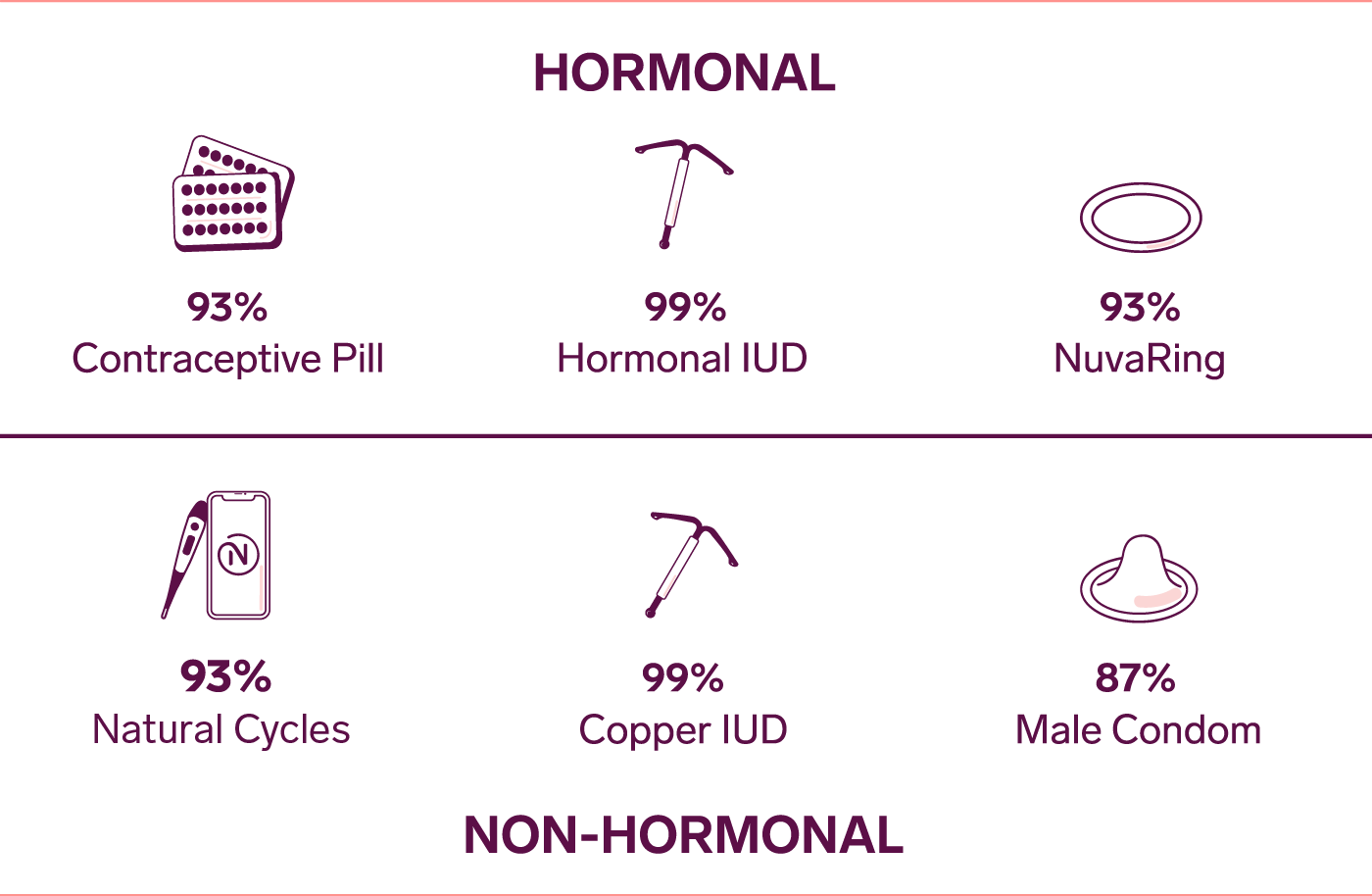

Birth control options Patch#
These are short-acting methods which use hormones taken as a pill, patch or ring. For example, condoms, female condoms, caps and diaphragms. Barrier methods of contraception which provide a physical barrier preventing the sperm and egg getting together.Whether you take medicines that interact with the method.īroadly, there are five main groups of contraceptive methods:.

Whether you have a medical condition that might affect which options are safe for you.When you choose a method of contraception, you need to think about: What are the different methods of contraception? Intrauterine contraceptive devices (IUCDs) - also known as 'coils'.These methods tend to be more reliable and include: Some methods are not so user-dependent and need to be renewed only infrequently or never. Barrier methods (male and female condoms, diaphragms and caps).However, if you miss pills or are sick (vomit) then it becomes less effective. For example, the combined oral contraceptive (COC) pill (often referred to as "the pill") is more than 99% effective if taken correctly.

You have to use them properly or they do not work as well. These are called "user-dependent methods". The effectiveness of some methods depends on how you use them. When no contraception is used, around 85 in 100 sexually active women become pregnant within one year. For the example of injections, between 3 and 60 women out of every 1,000 using this method will fall pregnant. It is hard to understand the concept of less than one woman, so in this case the number is given out of 1,000 women instead of 100. This means less than 1 woman in 100 will become pregnant each year using this method of contraception. In other words it is effective for more than 99 women in 100. For example, the contraceptive injection is more than 99% effective.


 0 kommentar(er)
0 kommentar(er)
